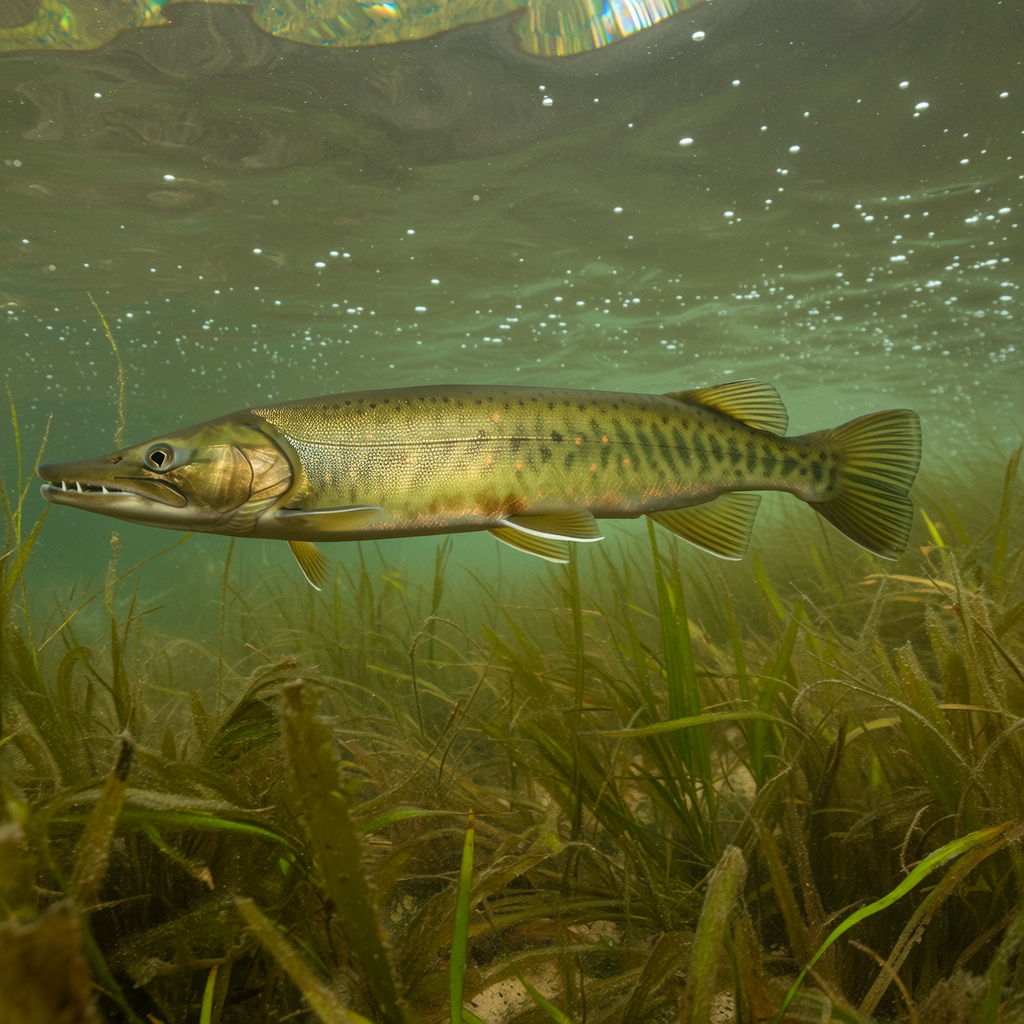Introduction
The bluefish, or Pomatomus salatrix as it is also known, is a saltwater fish found in the Atlantic Ocean. This fierce predator is known as a fast and strong fish. The bluefish, with its bright blue-green coloration and razor-sharp teeth, is a prized catch for recreational anglers. It is also a delicacy at many restaurants.
Physical Characteristics
The bluefish’s body is streamlined and torpedo shaped, which allows it to glide easily through the water. It can grow to be up to three feet long, and weigh between five and twenty pounds. Its dorsal wing is located at the back of its body. It also has a large mouth with sharp teeth that are perfect for hunting.
Colors
Bluefish are primarily blue in color, with a darker shade of blue on their back, and a lighter hue on their sides and stomach. Their silvery sheen adds to their beauty. The bluefish’s coloration is an adaptation to help them blend in with the environment, making it easier for them to sneak up and catch their prey or evade predators.
Distinctive Features
Bluefish are distinguished by a number features that make them different from other fish species. One of their most distinctive features is the large, sharp teeth. These teeth are used by the predators to tear apart their prey and grip it. Their strong jaw muscles allow them to deliver powerful attacks. Bluefish also have a forked-tail, which helps them move quickly and swim.
Habitat
Bluefish is a migratory fish that can be found all over the world. Bluefish are found along the coasts of North America from Maine to Florida. They can also be found on the West Coast of Africa and in the Mediterranean Sea. These fish prefer inshore waters such as bays and estuaries. They are known for being able to adapt to many different environments, including saltwater and brackish waters.
Temperature and water quality
Bluefish are found in waters that range between 59 and 76 degrees Fahrenheit. They prefer areas that have moderate salinity and are often found near areas with strong tides. Their location is largely determined by the availability of food and habitat.
Diet and Feeding habits
Bluefish are voracious hunters and have a varied diet. They are opportunistic eaters and will eat anything they find. They prefer smaller fish such as anchovies and mackerel as well as squids, shrimps and crustaceans. Bluefish are known to be aggressive feeders and will often chase their prey and strike it with remarkable speed.
Feeding Techniques
Bluefish use a variety of feeding techniques to catch their prey. One of these techniques is “blitz feeding,” in which they form large schools, push smaller fish up to the surface and create a feeding frenzy. Ambush predation is another technique, where they hide underwater structures such as rocks or wrecks and quickly attack passing prey. They are formidable ocean hunters because of their speed, agility and sharp teeth.
Reproduction and Life Cycle
The breeding season of bluefish occurs between spring and the summer when water temperature rises. During this period, they migrate to coastal regions to spawn. The females release thousands of egg into the water. The males then fertilize the eggs. The eggs hatch in a few days and the larvae move into a pelagic stage, where they drift along with ocean currents.
Growth and Maturation
Once the larvae reach certain sizes, they undergo metamorphosis to become juvenile bluefish. The juvenile bluefish prefer to stay in areas that are sheltered, where they can feed off smaller prey. As they grow older, they move to more open water and develop the characteristics that are characteristic of adult bluefish. Bluefish reach sexual maturity after 3 to 4 years.
Fisheries are important
Bluefish are highly prized by commercial and recreational fisherman due to their strong fighting ability and delicious flavor. Sport fishing is a favorite target species, and it attracts anglers around the globe who want to experience the thrill of catching this powerful fish. Bluefish are harvested primarily for their meat in commercial fisheries. This meat is used to make various culinary preparations.
Fisheries Management
Bluefish populations have been challenged by their high demand. In certain regions, overfishing, habitat destruction and pollution have all had an effect on their numbers. Fisheries management practices are being implemented to ensure the sustainability of bluefish population. These include size and bags limits, seasonal closings, and the creation of protected areas. This allows bluefish stocks to thrive and recover.
Conservation Status
The International Union for Conservation of Nature has classified the bluefish as a species of low concern. The species is not under threat as a whole, even though some local populations may experience fluctuations or localized declines. In order to maintain the abundance and healthiness of bluefish populations, it is essential that we continue our efforts in monitoring and management fisheries.
Conclusion
Bluefish are fascinating creatures which attract the attention of both seafood lovers and anglers. They are a prominent species because of their striking appearance, impressive hunting abilities, and impressive speed. It is important to protect and appreciate these amazing fish so that future generations will also be able to enjoy the thrill of encountering a mighty bluefish.




